Talk To An Expert!
RADON TESTING IN CINCINNATI
Protecting Your Family From Radon
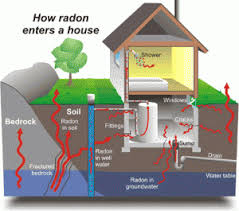
Testing is the only way to know if you and your family are at risk from radon. It is a colorless, odorless radioactive gas that occurs naturally in soil, rock and water. The longer your exposure to high levels of radon in your home, the greater your risk to develop lung cancer.
Radon is estimated to cause thousands of deaths each year. It is the second leading cause of lung cancer in the United States.
Call us at 513-574-0025 to Have your Cincinnati Home tested For radon.
FREQUENTLY ASKED RADON QUESTIONS
What is Radon?
Radon comes from the natural breakdown of uranium in soil, rock and water. The release of this radioactive gas enters the air you breathe, causing a potential health risk to you and your family. Radon gas can be found in just about anywhere. It can get into any type of building -- homes, offices, and schools -- and build up to high levels.
What you should know about Radon
Radon is a cancer-causing radioactive gas. You cannot see radon and you cannot smell it or taste it, but it may be a problem in your home. This is because when you breathe air-containing radon, you increase your risk of getting lung cancer. In fact, the Surgeon General has warned that radon is the second leading cause.
What is the 'acceptable' level of radon?
The US EPA has established the "action level" for deciding when you need to "do something" about the radon in your home, school, or workplace is 4 pCi/l.
pCi/l= picocuries per liter, the most popular method of reporting radon levels. 4 pCi/l is the level accepted by most states.
We've found a great house, but it failed the radon test.
If you've found the perfect house based on all other factors (price, location, size, etc.) and it happens to have a radon level above 4.0 pCi/L - plan on buying it. Radon levels can be reduced! That's what radon mitigation systems do. There has never been a home where the levels could not be brought within EPA acceptable guidelines. If the home already has a system in it, great! That means the problem has already been addressed, and all you need to do is re-test to make sure that the system is working properly. As one homeowner said recently, "We found a great house and it had a radon system in it. That scared us, thinking that home had a radon problem. I wish now we'd bought that one, instead of having to pay ourselves to put a system in the house we did end up buying and living for 7 years in a house with radon."
How Does Radon Enter the Home?
Typically the air pressure inside your home is lower than the pressure in the soil around your home's foundation. Due to this difference, your house acts like a vacuum, drawing radon gas in through foundation cracks and other openings of your home. Radon may also be present in well water and can be released into the air in your home when water is used for showering and other household uses.
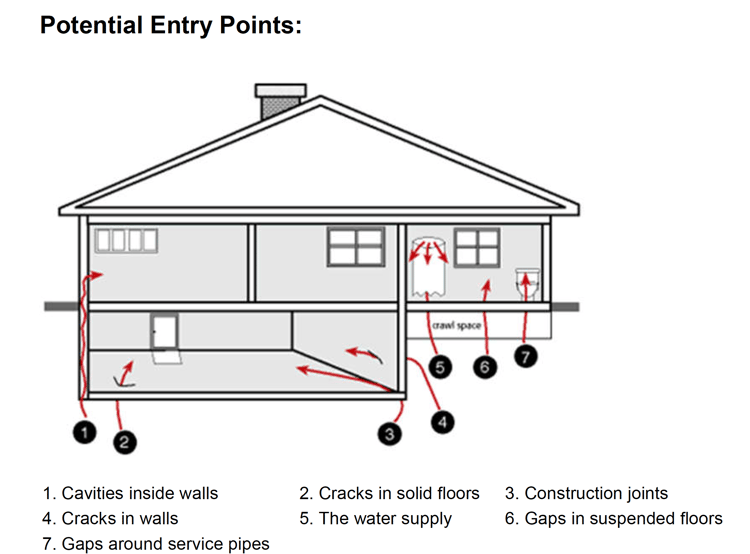
If the home fails the test, who pays to fix it?
Paying to fix defects in a home is part of the final negotiation procedure between the buyer and seller. Most of the time the seller agrees to pay for it. Sometimes if the house is sold in an 'as-is' condition, then the buyer has to pay for it. And sometimes it's just split between buyer and seller. There is one very important legal comment that must be made. Elevated radon levels are considered a serious defect in a home. The levels can be reduced - and shouldn't scare you off from buying the home - but can be an important negotiating tool for you. Failure to address serious defects can be cause to withdraw from a real estate transaction. Also, if the home fails a radon test for a potential buyer, and that buyer withdraws from the transaction, the seller MUST change the disclosure statement to reflect that the home did fail a radon test. Failure to do so constitutes real estate fraud!
How much will it cost to fix my radon problem?
The price will range somewhere between $800.00 - $2500.00 for a standard sub-slab depressurization system. Complicating factors that will increase the price include crawl spaces with exposed dirt, multiple slabs, rock basement walls, sand beneath the slab, no aggregate beneath the slab, and pipe penetrations through fire rated walls, high water tables, water underneath slab, and architectural considerations.
I'm thinking of buying a home with a radon mitigation system in place. What should I look for in order to make certain the system is working properly?
You may want to call in a licensed radon mitigation contractor and ask that he inspect the system. You can get a list of the approved contractors from your state radon officer.
What are the advantages or disadvantages to having a radon mitigation system?
The primary advantage is that you will have lower in-home radon levels if the system was installed correctly and it is operating properly. A secondary advantage, at least in many parts of the world, is that you will see a much lower level of humidity (dampness) inside the building, especially in houses with basements or slab-on-grade floors. The type of mitigation system will be a factor in this situation. In other words, if the system is an active "sub-slab-suction" design or has incorporated a vapor barrier over the bare soil, then this may be one of the additional benefits. In many cases, we have heard of folks getting rid of their dehumidifier after seeing how dry the basement was after switching on their mitigation system. One of the disadvantages is that you will pay a small energy penalty with an active design because of the energy required to run the small fan. (Most will only draw about 50 watts.) There is also a small amount of reverse flow of inside (conditioned) air that you may have paid to heat or cool. Another possible problem, in a poor installation, is that you may be able to hear the fan running. Fortunately, this complaint is seldom heard and if it is, it is usually easily fixed.
Are there other symptoms or health problems, other than lung cancer that are associated with radon gas exposure?
We receive this question from a lot of folks who have been suffering from various health problems and the basic answer is THERE ARE NO SHORT-TERM RADON EXPOSURE SYMPTOMS that have ever been documented. At least not at the levels you are likely to see in a home, school, or office. Also, YOU WILL NOT HAVE ANY OTHER bodily symptoms such as joint pain, stomach or intestinal problems, headaches, or rashes from short-term radon exposure at natural environmental levels. It will take years of exposure at relatively high levels before you are likely to have ANY symptoms and then the only known (documented) symptoms are the same as those listed here for smoking induced Lung Cancer Symptoms.
Will sealing slab cracks/openings reduce indoor radon levels?
Unfortunately, sealing slab cracks and openings does not generally have any significant effect in home indoor radon concentrations. This seems strange because we know that radon is mixed in soil gas and it is pulled into the house through cracks by slight pressure differences caused by wind, temperature differences and fan action. The problem is that sealing generally results in a higher concentration of radon in the soil gas, so that even though the sealing reduces the amount of soil gas that gets into the house, the same amount of radon gets in. And that means that the indoor radon concentration remains about the same! Occasionally sealing is partially effective, so you may want to try it. Be sure and use sealants that can stick to dirty concrete (like polyurethane caulks). Even if you are not successful, any slab sealing will increase the effectiveness of a fan powered radon mitigation system.
How long will it take to fix my radon problem?
A typical job takes about one man day, and the retest requires two or more days for the radon test. You can generally get you house fixed and retested in about 2 to 4 days.


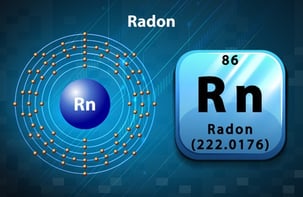
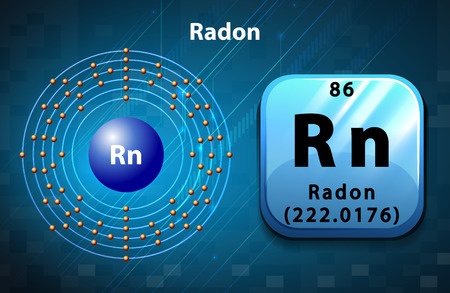
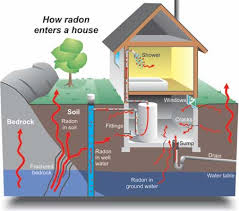
.png)